Author Archives: Nick Sullivan
Author Archives: Nick Sullivan

Great technology companies build innovative products and bring them into the world; iconic technology companies change the nature of the world itself.

Cloudflare’s mission reflects our ambitions: to help build a better Internet. Fulfilling this mission requires a multifaceted approach that includes ongoing product innovation, strategic decision-making, and the audacity to challenge existing assumptions about the structure and potential of the Internet. Two years ago, Cloudflare Research was founded to explore opportunities that leverage fundamental and applied computer science research to help change the playing field.
We’re excited to share five operating principles that guide Cloudflare’s approach to applying research to help build a better Internet and five case studies that exemplify these principles. Cloudflare Research will be all over the blog for the next several days, so subscribe and follow along!
Innovative companies don’t become innovative by having one group of people within the company dedicated to the future; they become that way by having a culture where new ideas are free-flowing and can come from anyone. Research is most effective when it is permitted to grow beyond or outside isolated lab environments, is deeply integrated into all facets of a company’s work, Continue reading
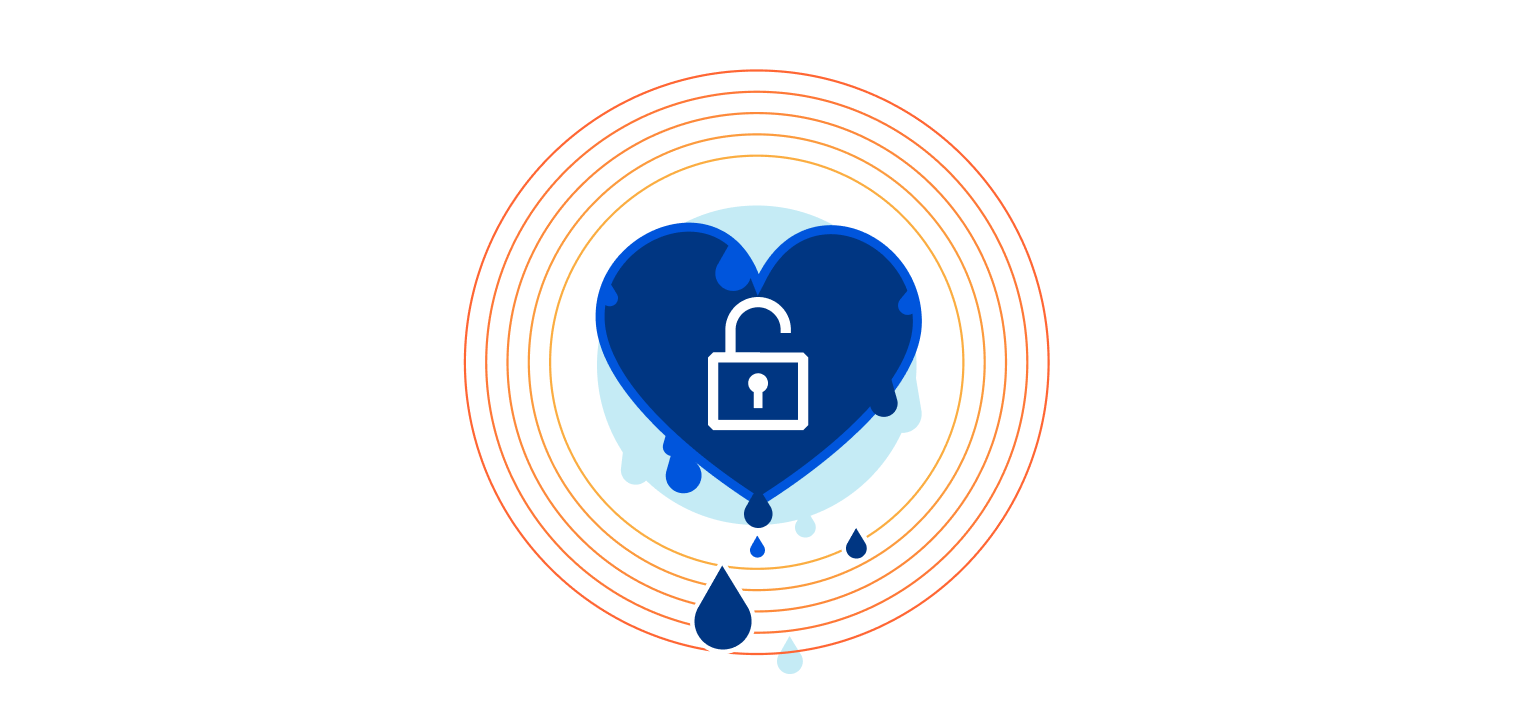
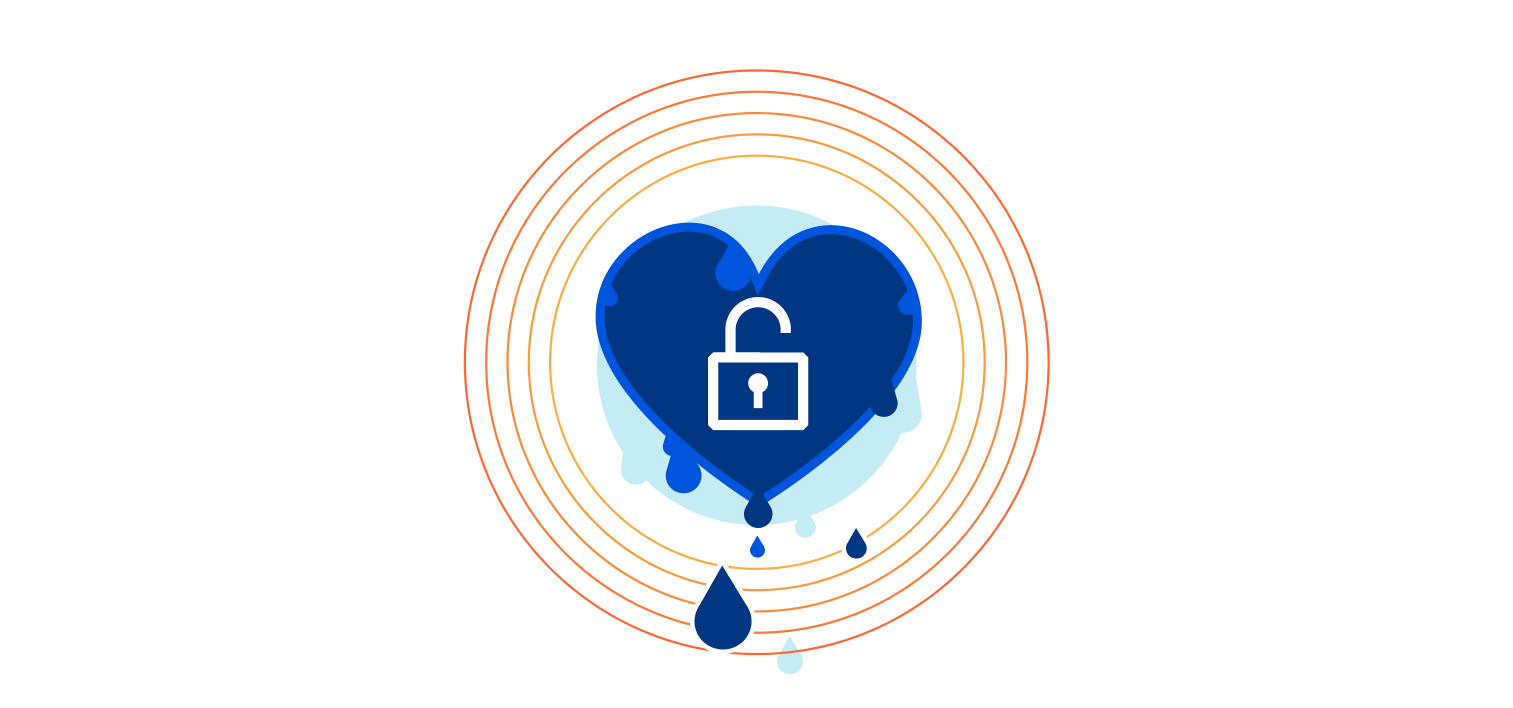
In 2014, a bug was found in OpenSSL, a popular encryption library used to secure the majority of servers on the Internet. This bug allowed attackers to abuse an obscure feature called TLS heartbeats to read memory from affected servers. Heartbleed was big news because it allowed attackers to extract the most important secret on a server: its TLS/SSL certificate private key. After confirming that the bug was easy to exploit, we revoked and reissued over 100,000 certificates, which highlighted some major issues with how the Internet is secured.
As much as Heartbleed and other key compromise events were painful for security and operations teams around the world, they also provided a learning opportunity for the industry. Over the past seven years, Cloudflare has taken the lessons of Heartbleed and applied them to improve the design of our systems and the resiliency of the Internet overall. Read on to learn how using Cloudflare reduces the risk of key compromise and reduces the cost of recovery if it happens.
An important tenet of security system design is defense-in-depth. Important things should be protected with multiple layers of defense. This is why security-conscious people keep spare house Continue reading


Quantum computing began in the early 1980s. It operates on principles of quantum physics rather than the limitations of circuits and electricity, which is why it is capable of processing highly complex mathematical problems so efficiently. Quantum computing could one day achieve things that classical computing simply cannot.
The evolution of quantum computers has been slow. Still, work is accelerating, thanks to the efforts of academic institutions such as Oxford, MIT, and the University of Waterloo, as well as companies like IBM, Microsoft, Google, and Honeywell. IBM has held a leadership role in this innovation push and has named optimization the most likely application for consumers and organizations alike. Honeywell expects to release what it calls the “world’s most powerful quantum computer” for applications like fraud detection, optimization for trading strategies, security, machine learning, and chemistry and materials science.
In 2019, the Google Quantum Artificial Intelligence (AI) team announced that their 53-qubit (analogous to bits in classical computing) machine had achieved “quantum supremacy.” This was the first time a quantum computer was able to solve a problem faster than any classical computer in existence. This was considered a significant milestone.
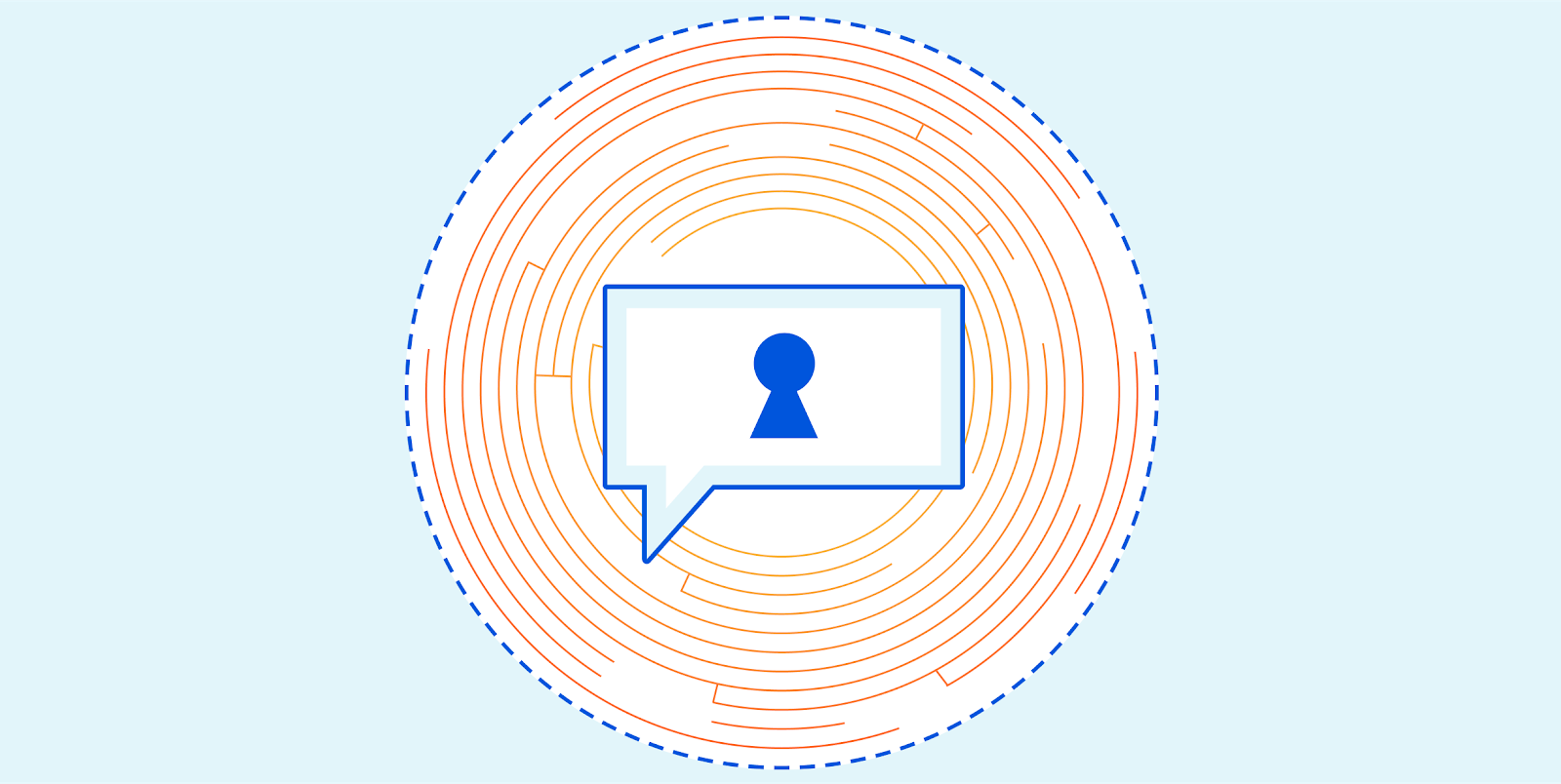
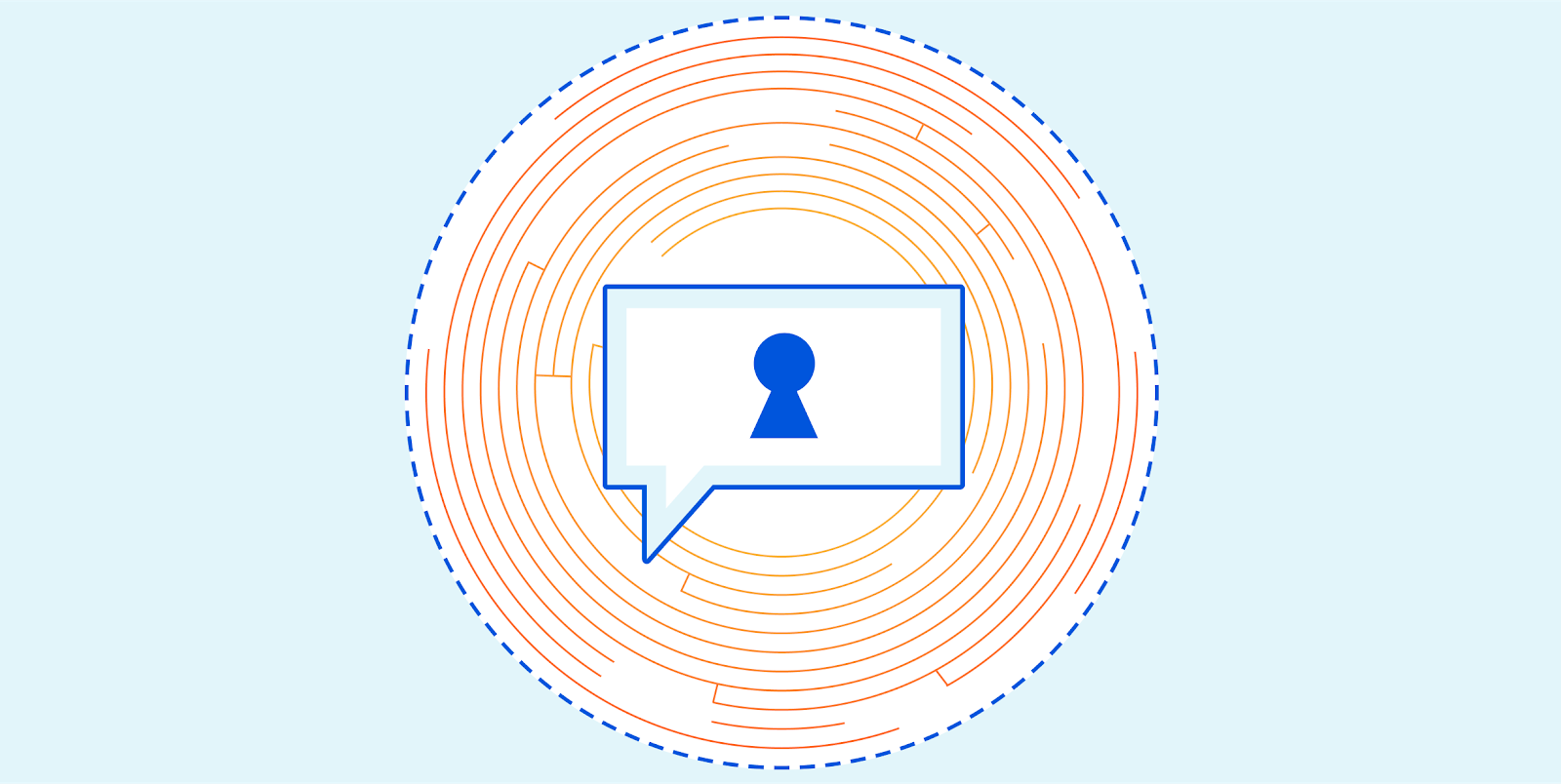
Over the last ten years, Cloudflare has become an important part of Internet infrastructure, powering websites, APIs, and web services to help make them more secure and efficient. The Internet is growing in terms of its capacity and the number of people using it and evolving in terms of its design and functionality. As a player in the Internet ecosystem, Cloudflare has a responsibility to help the Internet grow in a way that respects and provides value for its users. Today, we’re making several announcements around improving Internet protocols with respect to something important to our customers and Internet users worldwide: privacy.
These initiatives are:
Each of these projects impacts an aspect of the Internet that influences our online lives and digital footprints. Whether we know it or not, there is a lot of private information about us and our lives floating around online. This is something we can help fix.
For over Continue reading
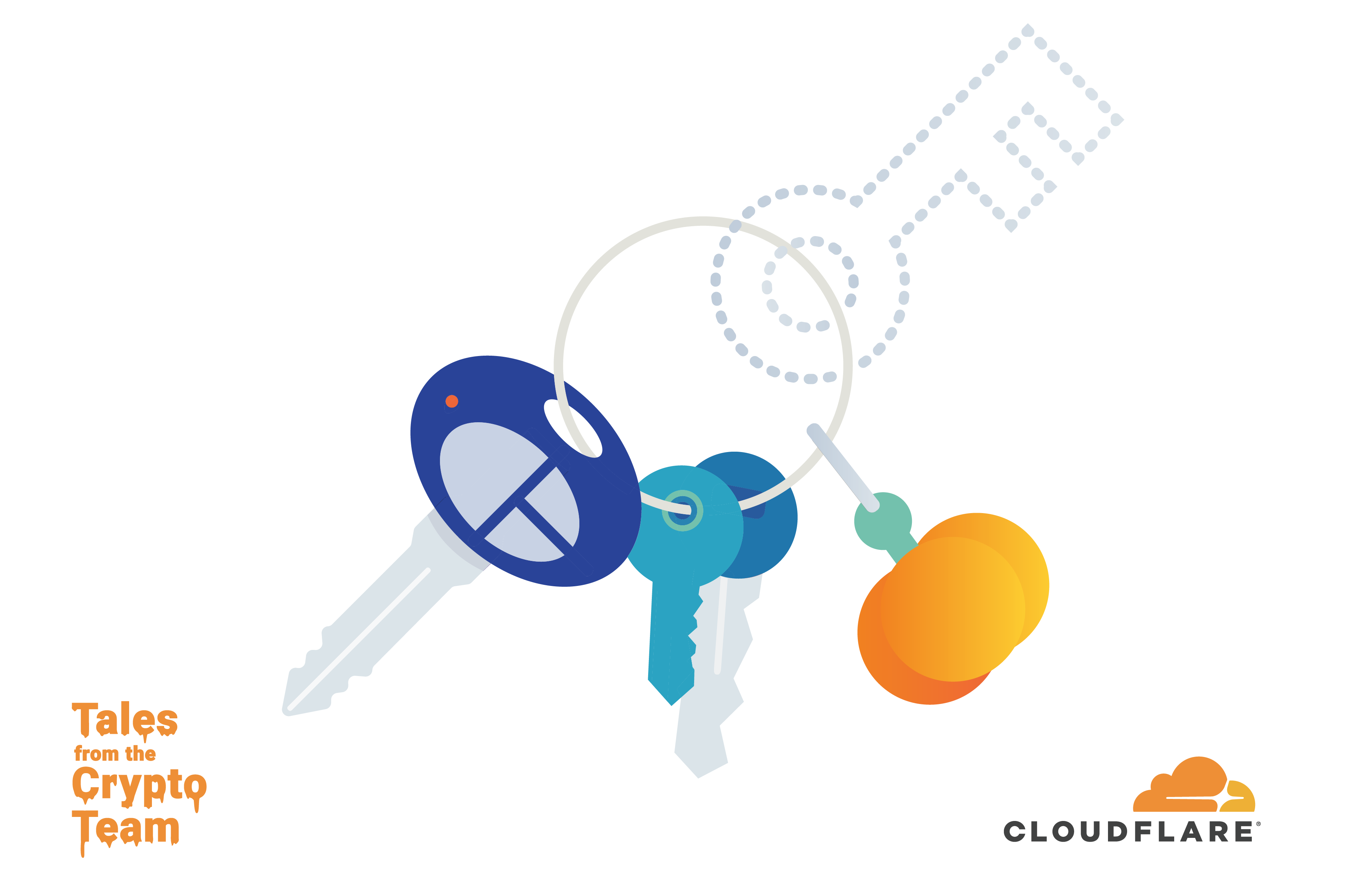
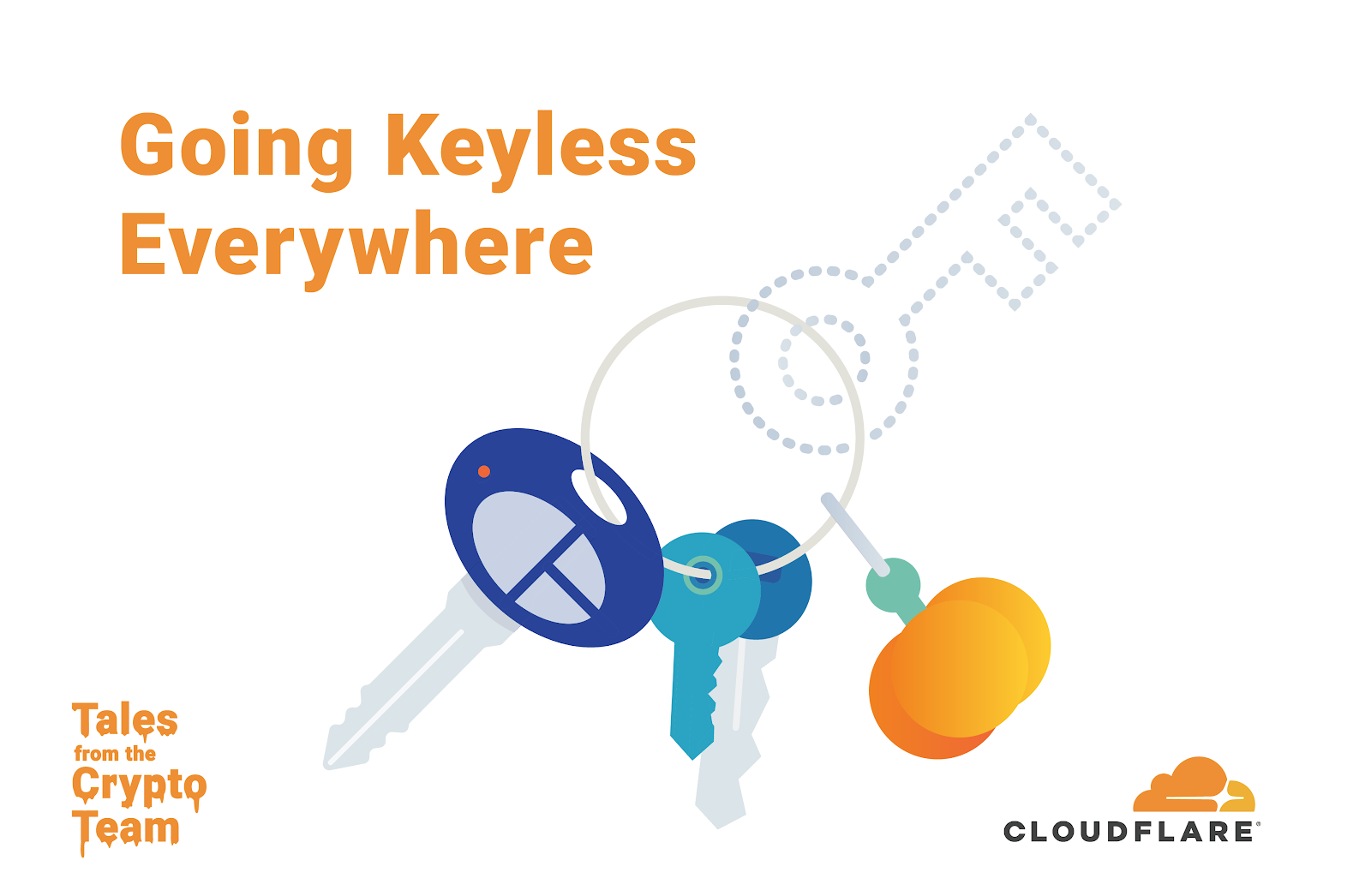
Time flies. The Heartbleed vulnerability was discovered just over five and a half years ago. Heartbleed became a household name not only because it was one of the first bugs with its own web page and logo, but because of what it revealed about the fragility of the Internet as a whole. With Heartbleed, one tiny bug in a cryptography library exposed the personal data of the users of almost every website online.
Heartbleed is an example of an underappreciated class of bugs: remote memory disclosure vulnerabilities. High profile examples other than Heartbleed include Cloudbleed and most recently NetSpectre. These vulnerabilities allow attackers to extract secrets from servers by simply sending them specially-crafted packets. Cloudflare recently completed a multi-year project to make our platform more resilient against this category of bug.
For the last five years, the industry has been dealing with the consequences of the design that led to Heartbleed being so impactful. In this blog post we’ll dig into memory safety, and how we re-designed Cloudflare’s main product to protect private keys from the next Heartbleed.
Perfect security is not possible for businesses with an online component. History has shown us that no matter how Continue reading
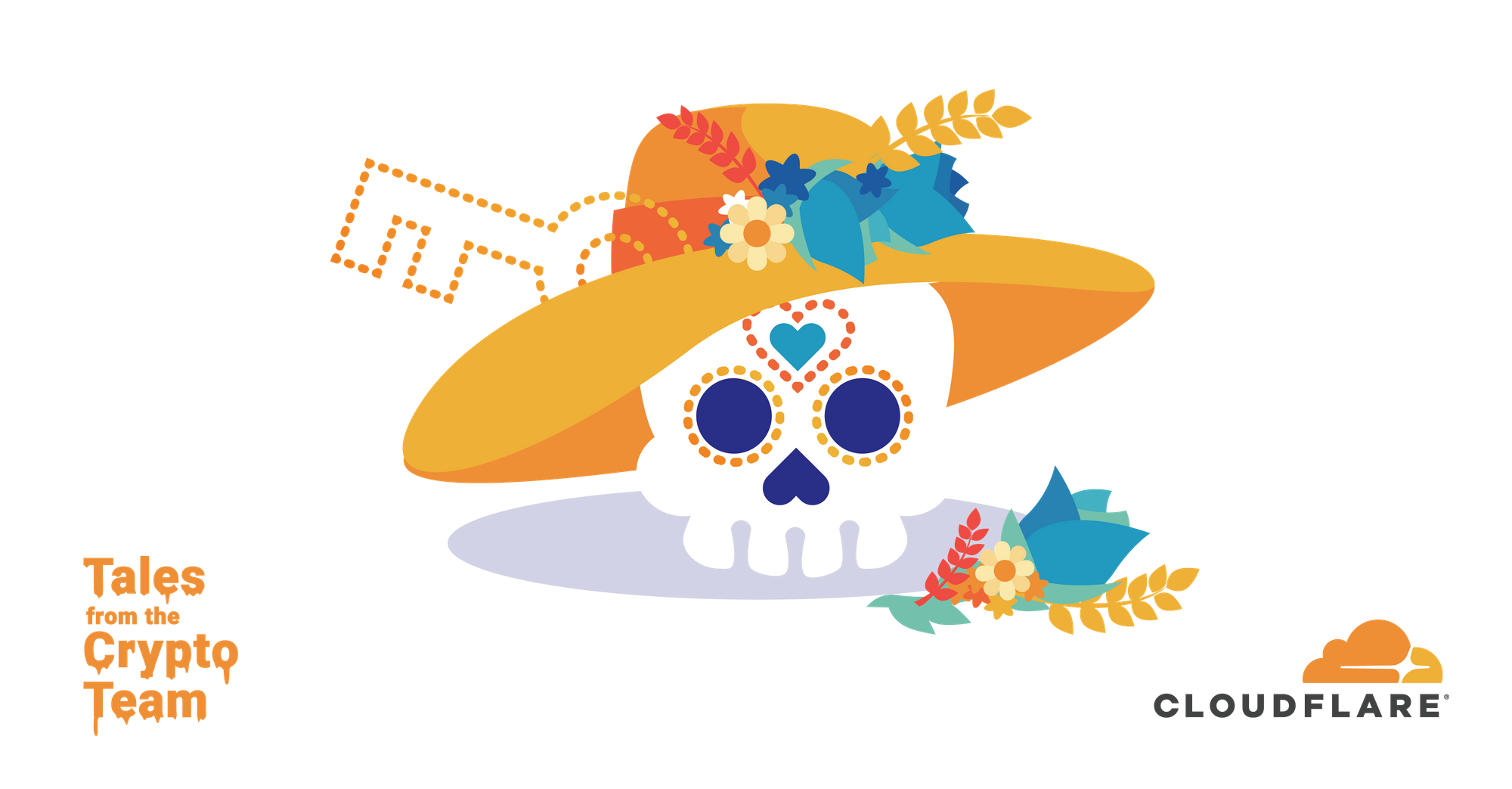
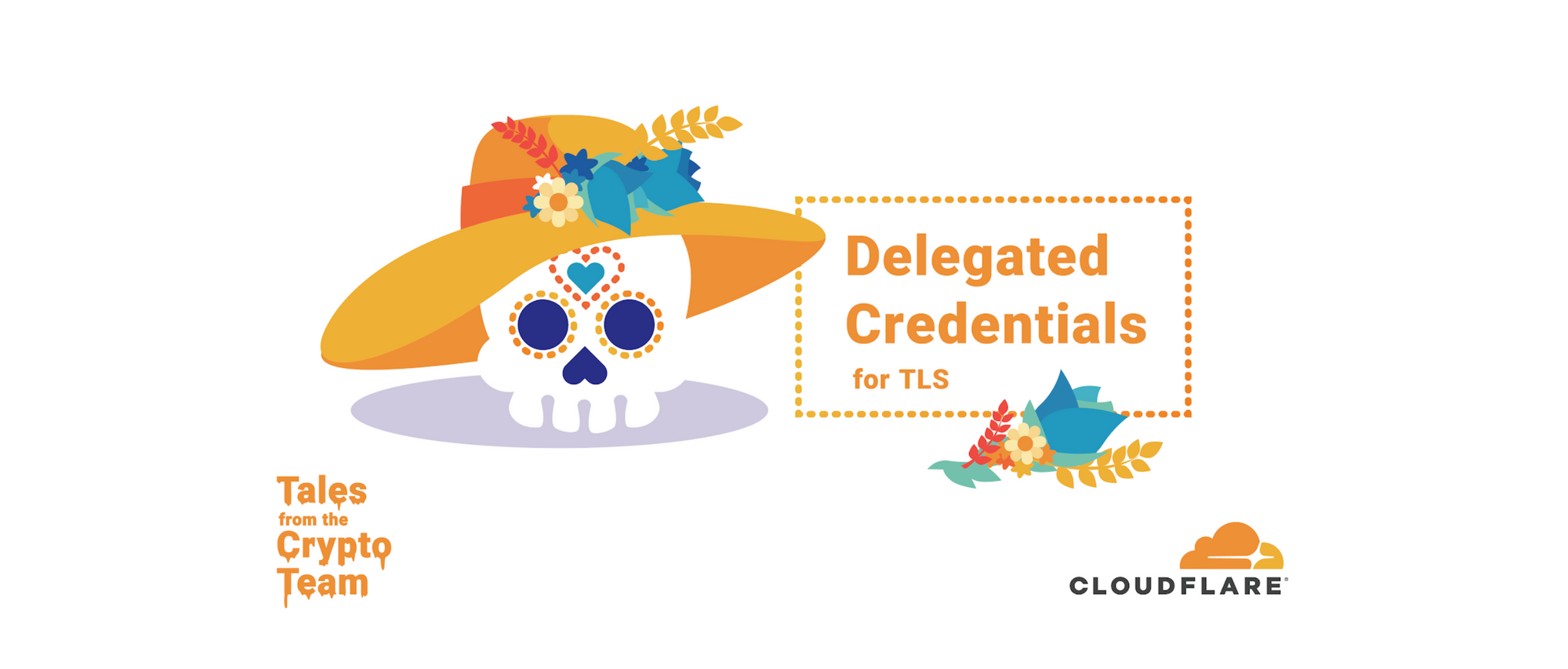
Today we’re happy to announce support for a new cryptographic protocol that helps make it possible to deploy encrypted services in a global network while still maintaining fast performance and tight control of private keys: Delegated Credentials for TLS. We have been working with partners from Facebook, Mozilla, and the broader IETF community to define this emerging standard. We’re excited to share the gory details today in this blog post.
Also, be sure to check out the blog posts on the topic by our friends at Facebook and Mozilla!
Many of the technical problems we face at Cloudflare are widely shared problems across the Internet industry. As gratifying as it can be to solve a problem for ourselves and our customers, it can be even more gratifying to solve a problem for the entire Internet. For the past three years, we have been working with peers in the industry to solve a specific shared problem in the TLS infrastructure space: How do you terminate TLS connections while storing keys remotely and maintaining performance and availability? Today we’re announcing that Cloudflare now supports Delegated Credentials, the result of this work.
Cloudflare’s TLS/SSL features are among the top reasons Continue reading
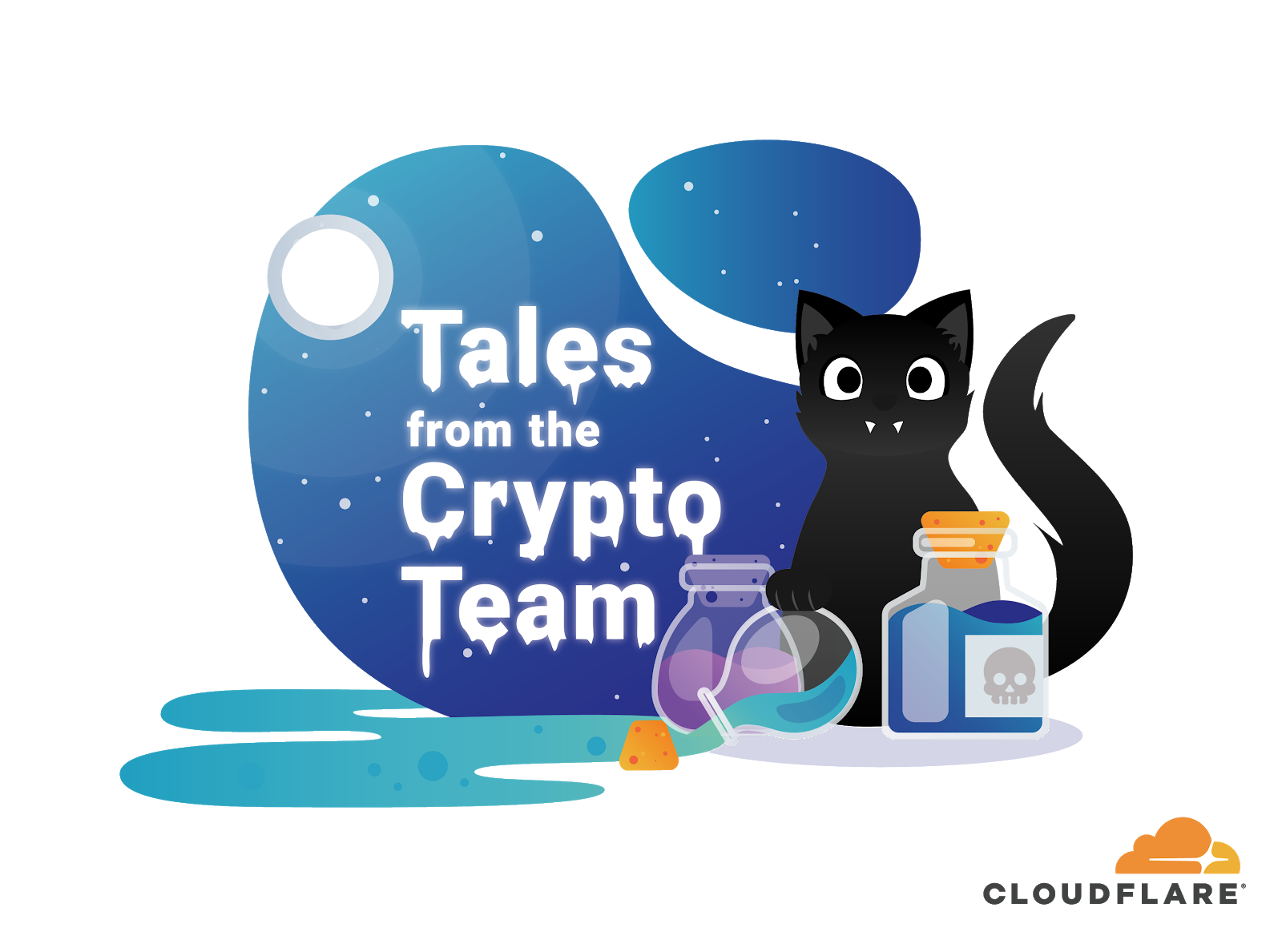
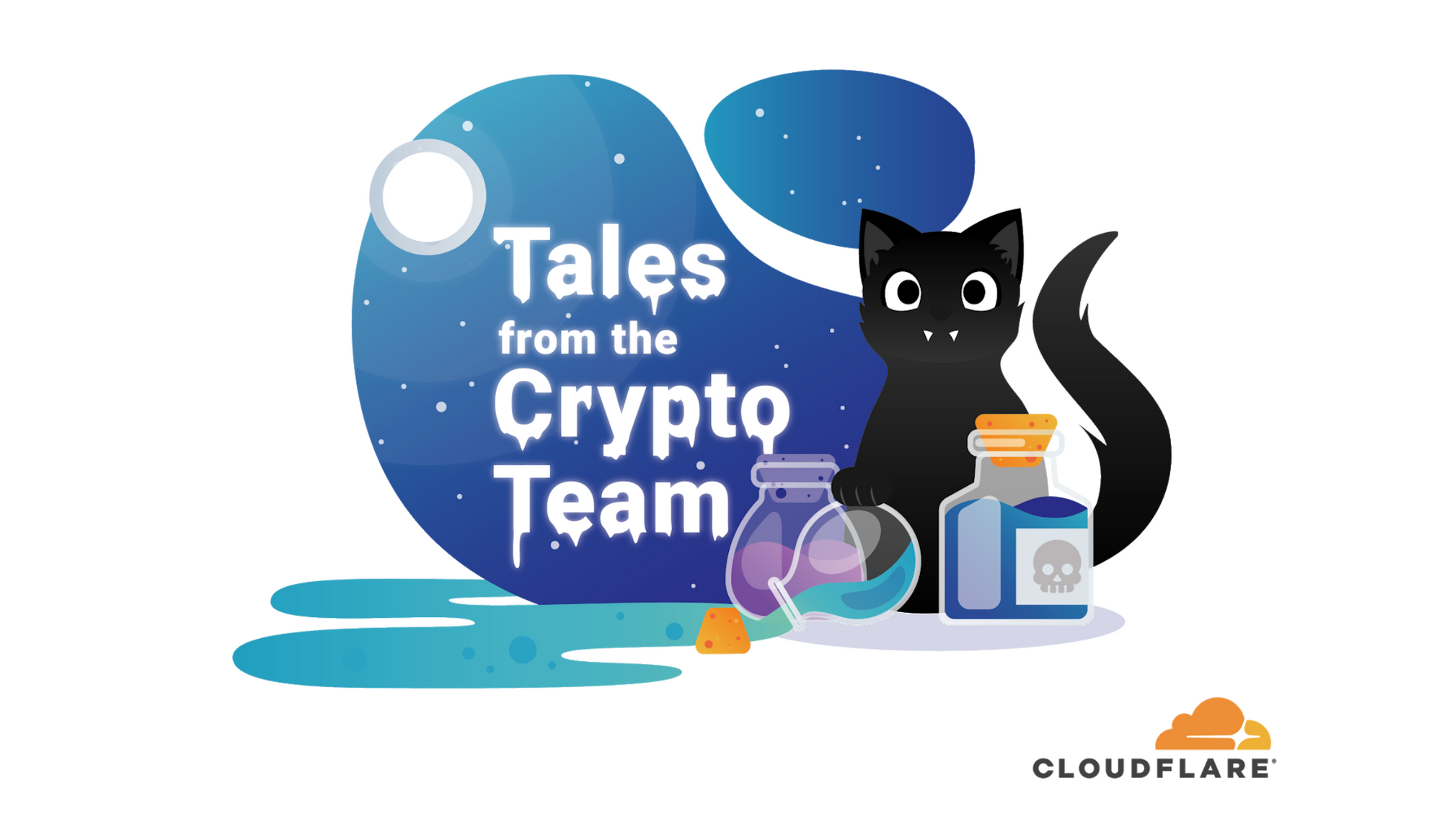
Halloween season is upon us. This week we’re sharing a series of blog posts about work being done at Cloudflare involving cryptography, one of the spookiest technologies around. So bookmark this page and come back every day for tricks, treats, and deep technical content.
Cryptography is one of the most powerful technological tools we have, and Cloudflare has been at the forefront of using cryptography to help build a better Internet. Of course, we haven’t been alone on this journey. Making meaningful changes to the way the Internet works requires time, effort, experimentation, momentum, and willing partners. Cloudflare has been involved with several multi-year efforts to leverage cryptography to help make the Internet better.
Here are some highlights to expect this week:


Cloudflare’s mission is to help build a better Internet. One of the tools used in pursuit of this goal is computer science research. We’ve learned that some of the difficult problems to solve are best approached through research and experimentation to understand the solution before engineering it at scale. This research-focused approach to solving the big problems of the Internet is exemplified by the work of the Cryptography Research team, which leverages research to help build a safer, more secure and more performant Internet. Over the years, the team has worked on more than just cryptography, so we’re taking the model we’ve developed and expanding the scope of the team to include more areas of computer science research. Cryptography Research at Cloudflare is now Cloudflare Research. I am excited to share some of the insights we’ve learned over the years in this blog post.
| Principle | Description |
|---|---|
| Team structure | Hybrid approach. We have a program that allows research engineers to be embedded into product and operations teams for temporary assignments. This gives people direct exposure to practical problems. |
| Problem philosophy | Impact-focused. We use our expertise and the expertise of partners in industry and academia to select projects that Continue reading |
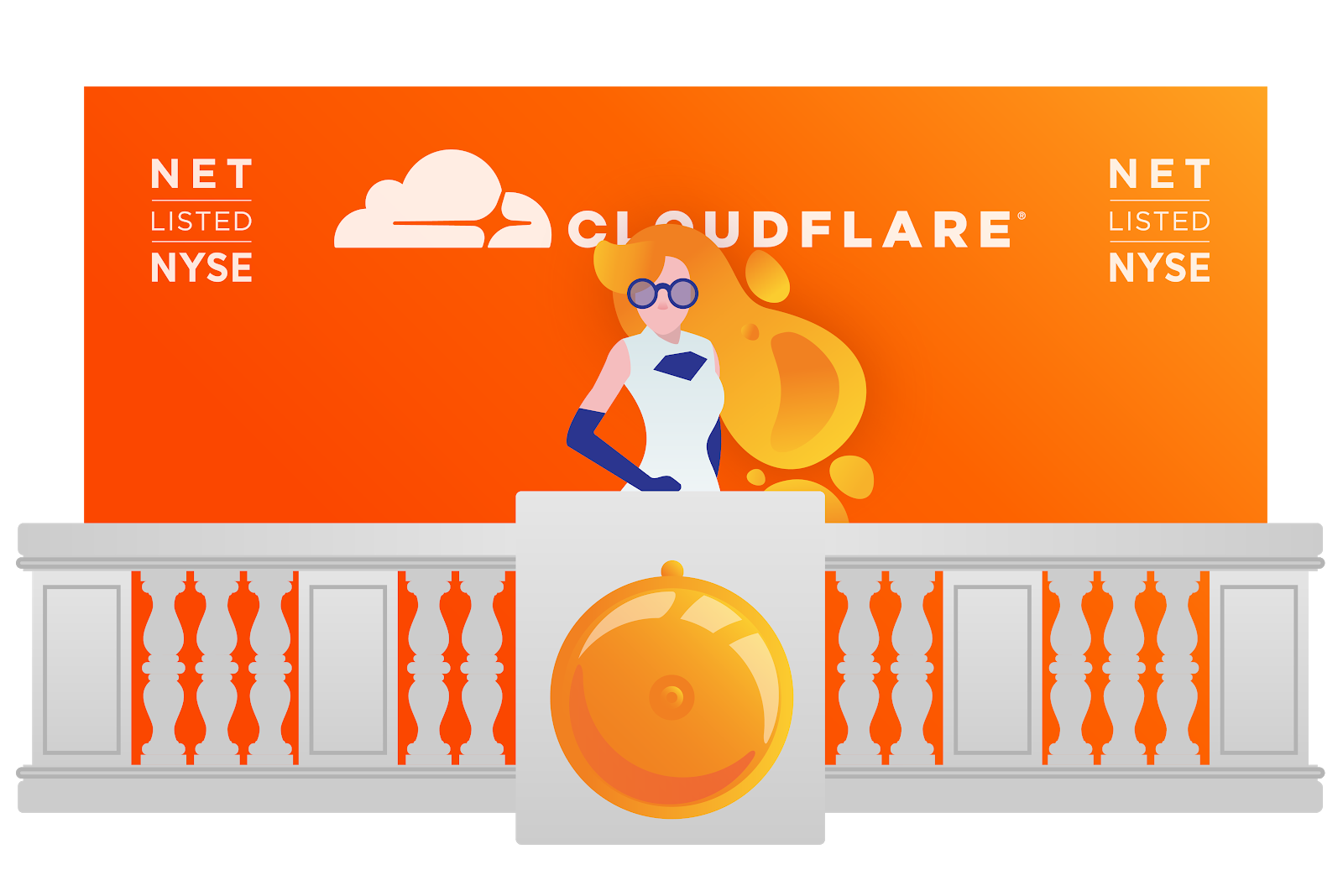
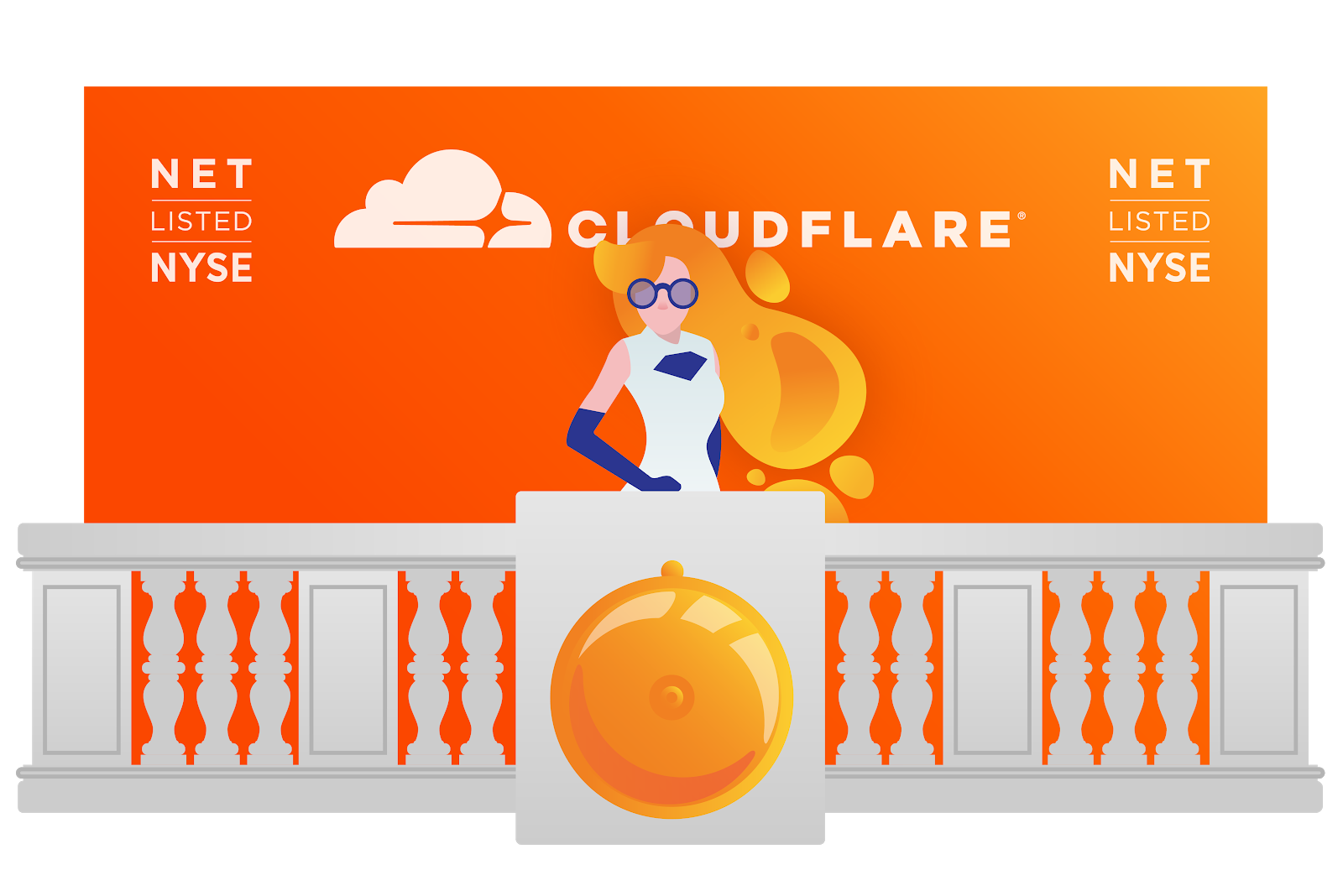
Today has been a big day for Cloudflare, as we became a public company on the New York Stock Exchange (NYSE: NET). To mark the occasion, we decided to bring our favorite entropy machines to the floor of the NYSE. Footage of these lava lamps is being used as an additional seed to our entropy-generation system LavaRand — bolstering Internet encryption for over 20 million Internet properties worldwide.
(This is mostly for fun. But when’s the last time you saw a lava lamp on the trading floor of the New York Stock Exchange?)

A little context: generating truly random numbers using computers is impossible, because code is inherently deterministic (i.e. predictable). To compensate for this, engineers draw from pools of randomness created by entropy generators, which is a fancy term for "things that are truly unpredictable".
It turns out that lava lamps are fantastic sources of entropy, as was first shown by Silicon Graphics in the 1990s. It’s a torch we’ve been proud to carry forward: today, Cloudflare uses lava lamps to generate entropy that helps make millions of Internet properties more secure.

Housed in our San Francisco headquarters is a wall filled with dozens of lava lamps, Continue reading

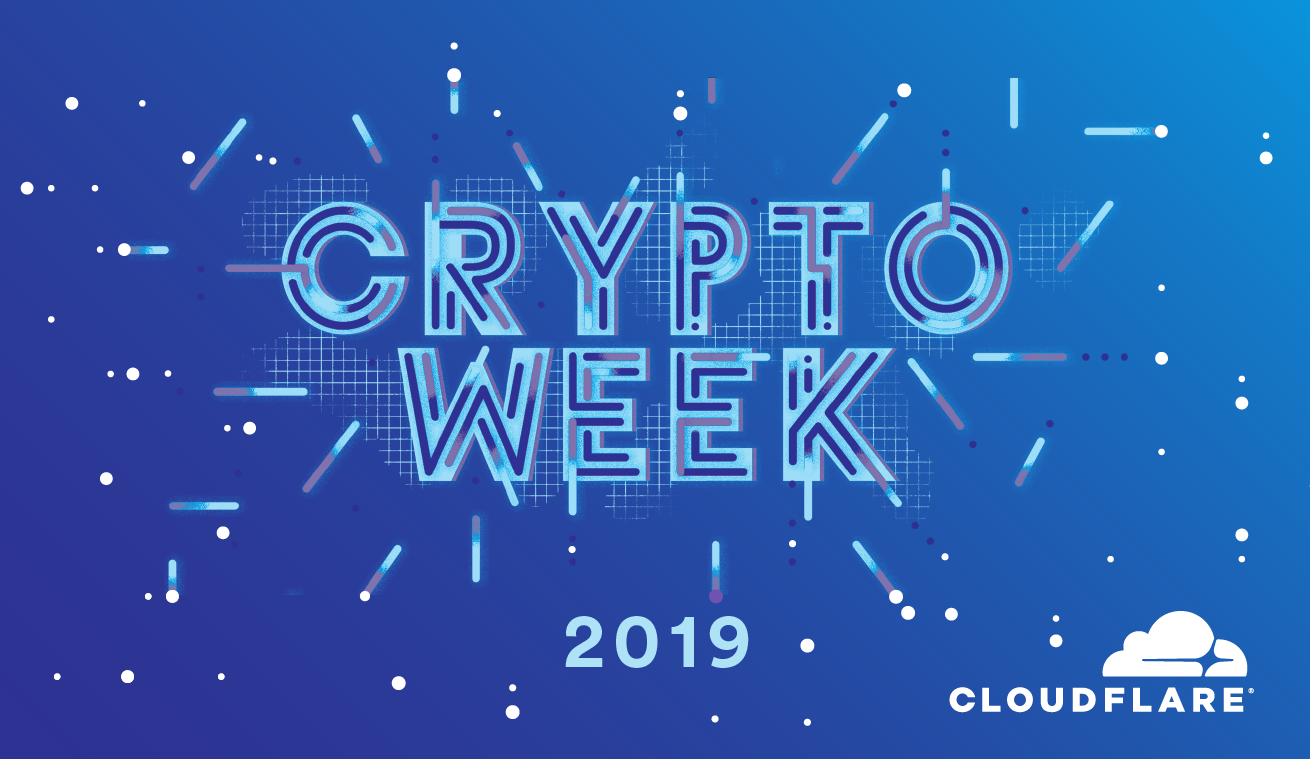
The Internet is an extraordinarily complex and evolving ecosystem. Its constituent protocols range from the ancient and archaic (hello FTP) to the modern and sleek (meet WireGuard), with a fair bit of everything in between. This evolution is ongoing, and as one of the most connected networks on the Internet, Cloudflare has a duty to be a good steward of this ecosystem. We take this responsibility to heart: Cloudflare’s mission is to help build a better Internet. In this spirit, we are very proud to announce Crypto Week 2019.
Every day this week we’ll announce a new project or service that uses modern cryptography to build a more secure, trustworthy Internet. Everything we release this week will be free and immediately useful. This blog is a fun exploration of the themes of the week.
Many pieces of the Internet in use today were designed in a different era with different assumptions. The Internet’s success is based on strong foundations that support constant reassessment and improvement. Sometimes these improvements require deploying new protocols.
Performing an upgrade on a system Continue reading

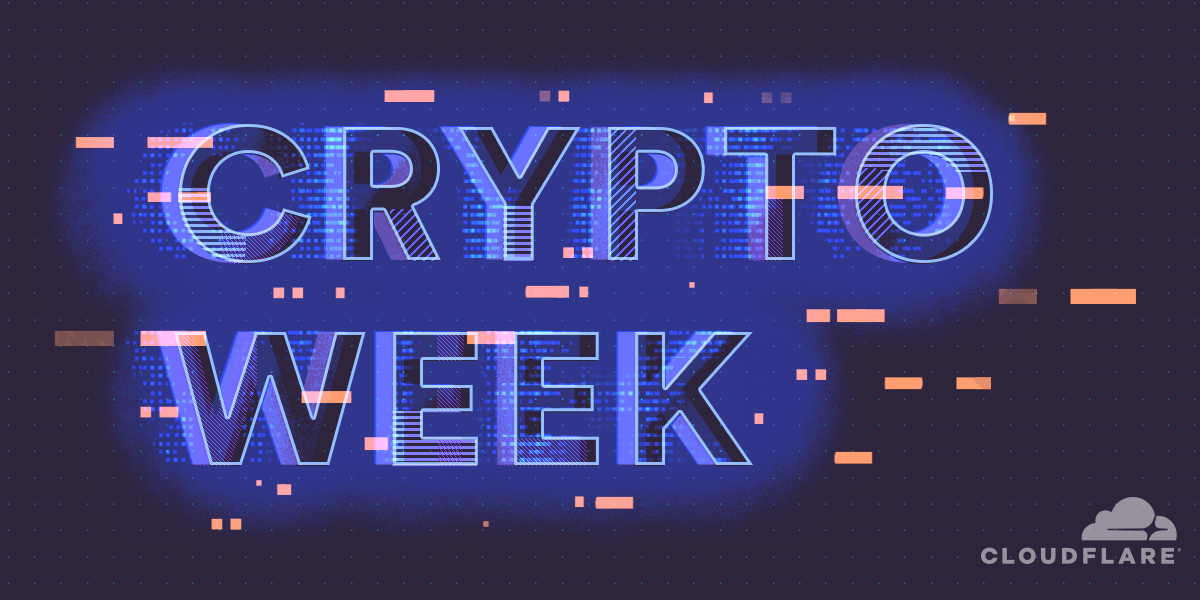
The Internet is an amazing invention. We marvel at how it connects people, connects ideas, and makes the world smaller. But the Internet isn’t perfect. It was put together piecemeal through publicly funded research, private investment, and organic growth that has left us with an imperfect tapestry. It’s also evolving. People are constantly developing creative applications and finding new uses for existing Internet technology. Issues like privacy and security that were afterthoughts in the early days of the Internet are now supremely important. People are being tracked and monetized, websites and web services are being attacked in interesting new ways, and the fundamental system of trust the Internet is built on is showing signs of age. The Internet needs an upgrade, and one of the tools that can make things better, is cryptography.
Every day this week, Cloudflare will be announcing support for a new technology that uses cryptography to make the Internet better. Everything we are announcing this week is free to use and provides a meaningful step towards supporting a new capability or structural reinforcement. So why are we doing this? Because it’s good for the users and good for the Internet. Welcome to Crypto Week!

For the last five years, the Internet Engineering Task Force (IETF), the standards body that defines internet protocols, has been working on standardizing the latest version of one of its most important security protocols: Transport Layer Security (TLS). TLS is used to secure the web (and much more!), providing encryption and ensuring the authenticity of every HTTPS website and API. The latest version of TLS, TLS 1.3 (RFC 8446) was published today. It is the first major overhaul of the protocol, bringing significant security and performance improvements. This article provides a deep dive into the changes introduced in TLS 1.3 and its impact on the future of internet security.
One major way Cloudflare provides security is by supporting HTTPS for websites and web services such as APIs. With HTTPS (the “S” stands for secure) the communication between your browser and the server travels over an encrypted and authenticated channel. Serving your content over HTTPS instead of HTTP provides confidence to the visitor that the content they see is presented by the legitimate content owner and that the communication is safe from eavesdropping. This is a big deal in a world where online privacy Continue reading


Certificate Transparency (CT) is an ambitious project to help improve security online by bringing accountability to the system that protects HTTPS. Cloudflare is announcing support for this project by introducing two new public-good services:
In this blog post we’ll explain what Certificate Transparency is and how it will become a critical tool for ensuring user safety online. It’s important for website operators and certificate authorities to learn about CT as soon as possible, because participating in CT becomes mandatory in Chrome for all certificates issued after April 2018. We’ll also explain how Nimbus works and how CT uses a structure called a Merkle tree to scale to the point of supporting all trusted certificates on the Internet. For more about Merkle Town, read the [follow up post] by my colleague Patrick Donahue.
Everything we do online requires a baseline level of trust. When you use a browser to visit your bank’s website or your favorite social media site, you expect that the server on the other side of the connection is operated by the organization indicated in Continue reading

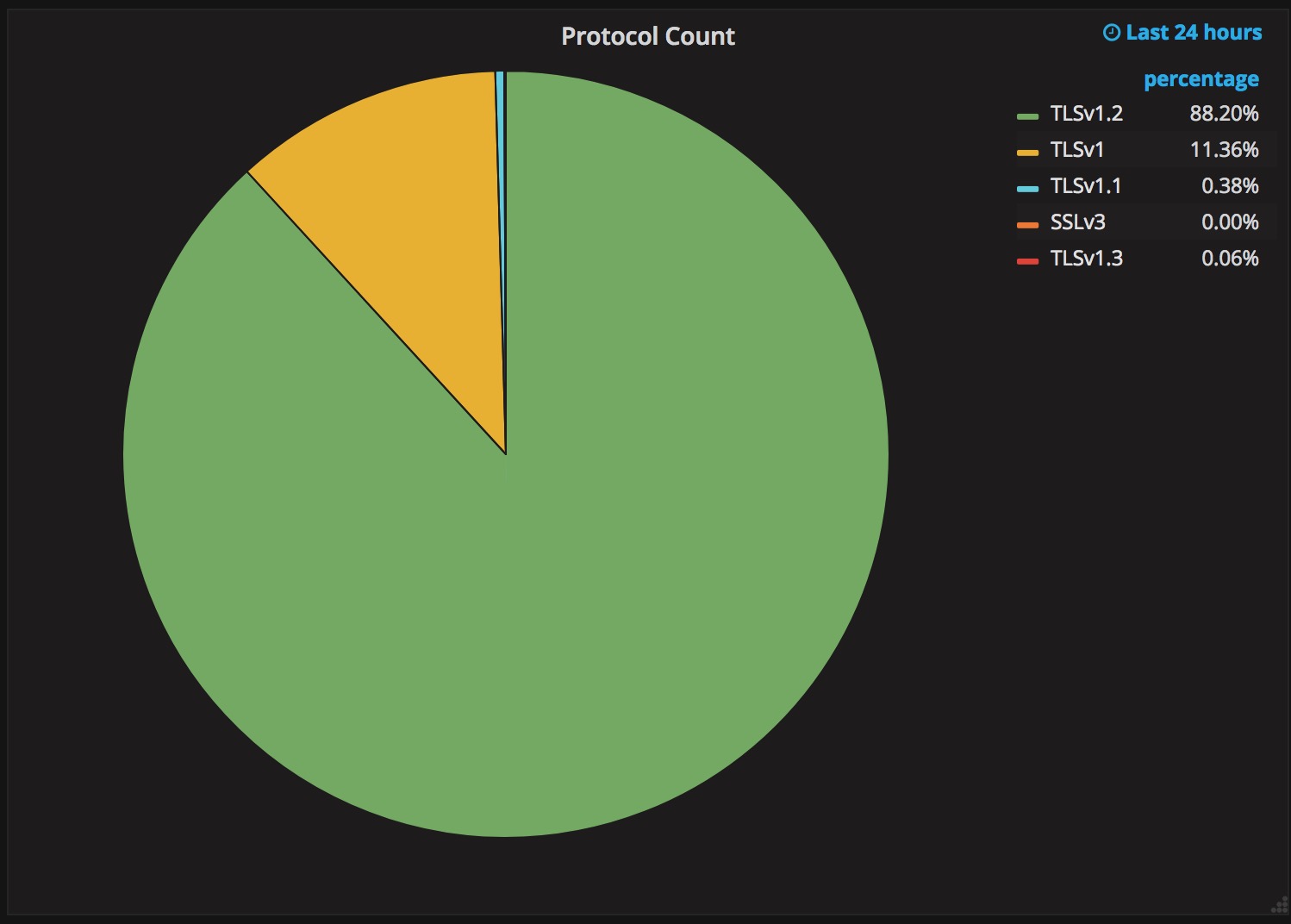
Upgrading a security protocol in an ecosystem as complex as the Internet is difficult. You need to update clients and servers and make sure everything in between continues to work correctly. The Internet is in the middle of such an upgrade right now. Transport Layer Security (TLS), the protocol that keeps web browsing confidential (and many people persist in calling SSL), is getting its first major overhaul with the introduction of TLS 1.3. Last year, Cloudflare was the first major provider to support TLS 1.3 by default on the server side. We expected the client side would follow suit and be enabled in all major browsers soon thereafter. It has been over a year since Cloudflare’s TLS 1.3 launch and still, none of the major browsers have enabled TLS 1.3 by default.
The reductive answer to why TLS 1.3 hasn’t been deployed yet is middleboxes: network appliances designed to monitor and sometimes intercept HTTPS traffic inside corporate environments and mobile networks. Some of these middleboxes implemented TLS 1.2 incorrectly and now that’s blocking browsers from releasing TLS 1.3. However, simply blaming network appliance vendors would be disingenuous. The deeper truth of the Continue reading


Upgrading a security protocol in an ecosystem as complex as the Internet is difficult. You need to update clients and servers and make sure everything in between continues to work correctly. The Internet is in the middle of such an upgrade right now. Transport Layer Security (TLS), the protocol that keeps web browsing confidential (and many people persist in calling SSL), is getting its first major overhaul with the introduction of TLS 1.3. Last year, Cloudflare was the first major provider to support TLS 1.3 by default on the server side. We expected the client side would follow suit and be enabled in all major browsers soon thereafter. It has been over a year since Cloudflare’s TLS 1.3 launch and still, none of the major browsers have enabled TLS 1.3 by default.
The reductive answer to why TLS 1.3 hasn’t been deployed yet is middleboxes: network appliances designed to monitor and sometimes intercept HTTPS traffic inside corporate environments and mobile networks. Some of these middleboxes implemented TLS 1.2 incorrectly and now that’s blocking browsers from releasing TLS 1.3. However, simply blaming network appliance vendors would be disingenuous. The deeper truth of the Continue reading


Cloudflare supports Privacy Pass, a recently-announced privacy-preserving protocol developed in collaboration with researchers from Royal Holloway and the University of Waterloo. Privacy Pass leverages an idea from cryptography — zero-knowledge proofs — to let users prove their identity across multiple sites anonymously without enabling tracking. Users can now use the Privacy Pass browser extension to reduce the number of challenge pages presented by Cloudflare. We are happy to support this protocol and believe that it will help improve the browsing experience for some of the Internet’s least privileged users.
The Privacy Pass extension is available for both Chrome and Firefox. When people use anonymity services or shared IPs, it makes it more difficult for website protection services like Cloudflare to identify their requests as coming from legitimate users and not bots. Privacy Pass helps reduce the friction for these users—which include some of the most vulnerable users online—by providing them a way to prove that they are a human across multiple sites on the Cloudflare network. This is done without revealing their identity, and without exposing Cloudflare customers to additional threats from malicious bots. As the first service to support Privacy Continue reading
Today we announced Geo Key Manager, a feature that gives customers unprecedented control over where their private keys are stored when uploaded to Cloudflare. This feature builds on a previous Cloudflare innovation called Keyless SSL and a novel cryptographic access control mechanism based on both identity-based encryption and broadcast encryption. In this post we’ll explain the technical details of this feature, the first of its kind in the industry, and how Cloudflare leveraged its existing network and technologies to build it.
Cloudflare launched Keyless SSL three years ago to wide acclaim. With Keyless SSL, customers are able to take advantage of the full benefits of Cloudflare’s network while keeping their HTTPS private keys inside their own infrastructure. Keyless SSL has been popular with customers in industries with regulations around the control of access to private keys, such as the financial industry. Keyless SSL adoption has been slower outside these regulated industries, partly because it requires customers to run custom software (the key server) inside their infrastructure.


One of the motivating use cases for Keyless SSL was the expectation that customers may not trust a third party like Cloudflare with their Continue reading

At Cloudflare our focus is making the internet faster and more secure. Today we are announcing a new enhancement to our HTTPS service: High-Reliability OCSP stapling. This feature is a step towards enabling an important security feature on the web: certificate revocation checking. Reliable OCSP stapling also improves connection times by up to 30% in some cases. In this post, we’ll explore the importance of certificate revocation checking in HTTPS, the challenges involved in making it reliable, and how we built a robust OCSP stapling service.
Digital certificates are the cornerstone of trust on the web. A digital certificate is like an identification card for a website. It contains identity information including the website’s hostname along with a cryptographic public key. In public key cryptography, each public key has an associated private key. This private key is kept secret by the site owner. For a browser to trust an HTTPS site, the site’s server must provide a certificate that is valid for the site’s hostname and a proof of control of the certificate’s private key. If someone gets access to a certificate’s private key, they can impersonate the site. Private key compromise is a serious risk Continue reading
The Internet is getting more secure every day as people enable HTTPS, the secure version of HTTP, on their sites and services. Last year, Mozilla reported that the percentage of requests made by Firefox using encrypted HTTPS passed 50% for the first time. HTTPS has numerous benefits that are not available over unencrypted HTTP, including improved performance with HTTP/2, SEO benefits for search engines like Google and the reassuring lock icon in the address bar.

So how do you add HTTPS to your site or service? That’s simple, Cloudflare offers free and automatic HTTPS support for all customers with no configuration. Sign up for any plan and Cloudflare will issue an SSL certificate for you and serve your site over HTTPS.
Enabling HTTPS does not mean that all visitors are protected. If a visitor types your website’s name into the address bar of a browser or follows an HTTP link, it will bring them to the insecure HTTP version of your website. In order to make your site HTTPS-only, you need to redirect visitors from the HTTP to the HTTPS version of your site.
Going HTTPS-only should be as easy as a click of a button, so we Continue reading
Everybody has secrets. Software developers have many. Often these secrets—API tokens, TLS private keys, database passwords, SSH keys, and other sensitive data—are needed to make a service run properly and interact securely with other services. Today we’re sharing a tool that we built at Cloudflare to securely distribute secrets to our Dockerized production applications: PAL.
PAL is available on Github: https://github.com/cloudflare/pal.
Although PAL is not currently under active development, we have found it a useful tool and we think the community will benefit from its source being available. We believe that it's better to open source this tool and allow others to use the code than leave it hidden from view and unmaintained.
 CC BY 2.0 image by Personal Creations
CC BY 2.0 image by Personal Creations
How do you get these secrets to your services? If you’re the only developer, or one of a few on a project, you might put the secrets with your source code in your version control system. But if you just store the secrets in plain text with your code, everyone with access to your source repository can read them and use them for nefarious purposes (for example, stealing an API token and pretending to be Continue reading